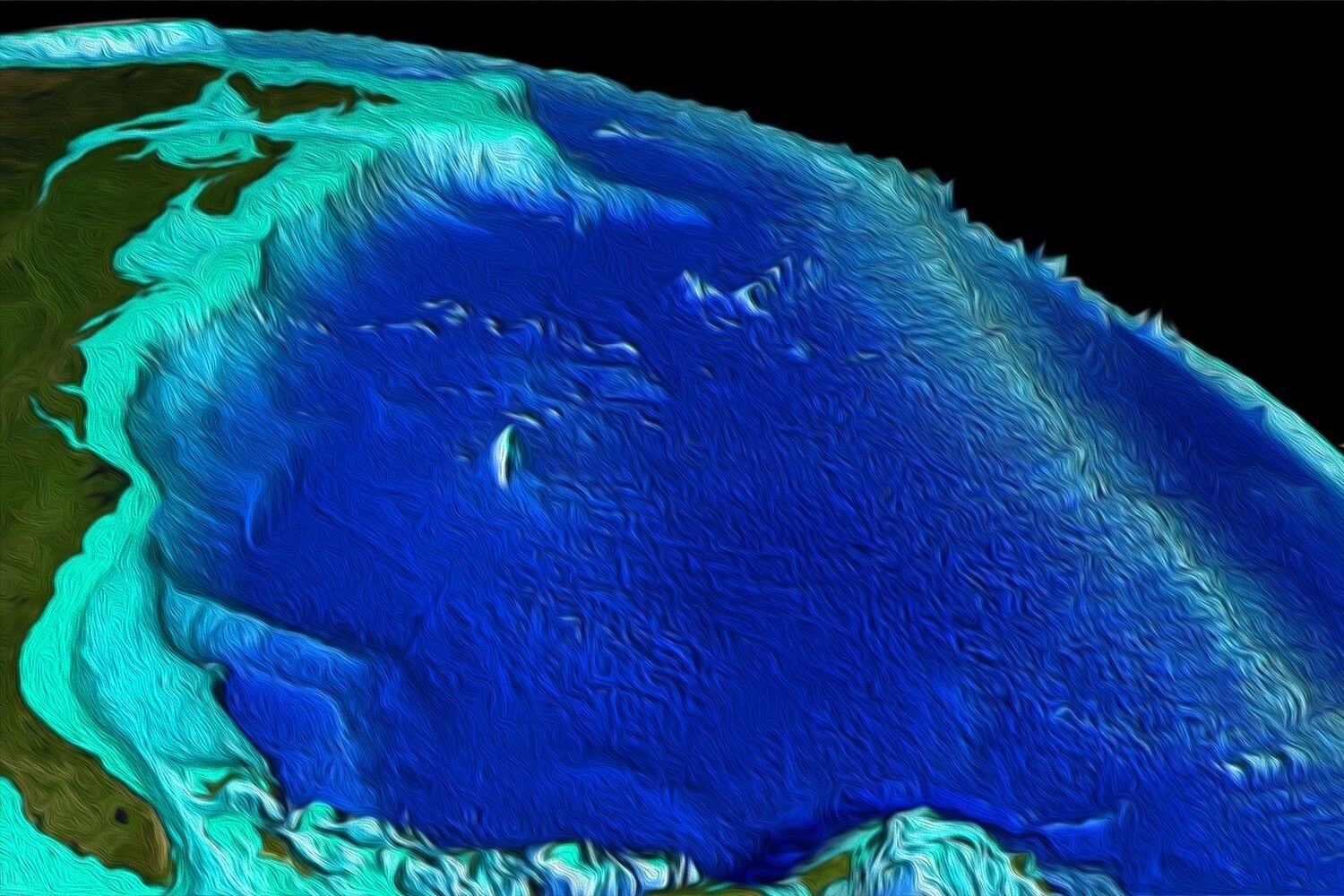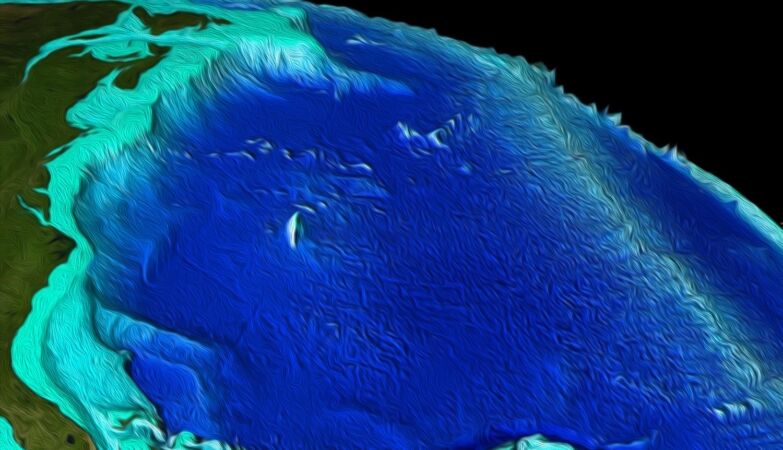// noa
Recent research reveals that up to 50% of the variations in depth at which carbon is retained can be attributed to the topography of the seafloor.
according to Scitech Dailyor Carbon cycleIt involves the transfer of carbon between the atmosphere, oceans and continents, and plays a crucial role in controlling the Earth's climate.
Several factors contribute to this cycleWhich Volcanic eruptions And the Human activities Which release carbon dioxide into the atmosphere, while forests and oceans act as sinks, absorbing carbon dioxide.
Ideally, this system Balances carbon dioxide emissions and absorption To maintain a stable climate. Carbon sequestration is one of the strategies used in the fight against climate change to improve this balance.
One New study, published In the magazine Proceedings of the National Academy of SciencesIt is concluded that the shape and depth of the ocean floor Explain up to 50% of changes in depth This carbon has been retained in the ocean for the past 80 million years.
Previously, these changes were attributed to other causes. Scientists have long known that the oceanThe largest carbon absorber on Earth, directly controls the amount of carbon dioxide in the atmosphere. But until now, it was not known exactly how changes in seafloor topography over Earth's history affected the ocean's ability to sequester carbon.
Matthew Bogomil“We have been able to show, for the first time, that the shape and depth of the ocean floor play an important role,” said the paper's lead author and a PhD student in Earth, Planetary and Space Sciences at UCLA. An important role in the carbon cycle long-term”.
The long-term carbon cycle has many moving parts, all operating on different time scales. One of these parts is Measurement of depths on the sea floor – Average depth and shape of the ocean floor.
This in turn is controlled by the relative positions of the continent, oceans, and sea level, as well as the flow in the Earth's mantle.
Carbon cycle models are calibrated with combinations of Paleoclimatic data They form the basis for scientists to understand the global marine carbon cycle and how it responds to natural disturbances.
“Models of the carbon cycle throughout Earth's history typically view seafloor bathymetry as a constant or secondary factor,” he said. Tushar Mittalco-author of the article and professor of geosciences at Pennsylvania State University.
The new research has reconstructed the bathymetry along The last 80 million years The data was entered into a computer model that measures marine carbon sequestration.
The results showed that ocean alkalinity, calcite saturation state, and depth of carbonate compensation depend strongly on changes in the shallow parts of the ocean floor and the distribution of deep marine areas.
these Three basic measures To understand how carbon is stored on the ocean floor.
The researchers also found that for the current geological epoch, Cenozoic era, Bathymetry was responsible for 33% – 50% of the variance observed carbon sequestration and concluded that by ignoring changes in bathymetry, Researchers misattribute Changes in other factors are less specific, such as atmospheric carbon dioxide, water column temperature, and the silicates and carbonates pulled into the ocean by rivers.
“Balancing important processes in the carbon cycle over the long term could provide better information for scientists working on marine carbon dioxide removal technologies to combat current climate change,” Bogomil said.
“By studying what nature has done in the past, We can learn more On the potential outcomes and feasibility of marine isolation to mitigate climate change.
This new understanding that the shape and depth of the ocean floor may be the biggest influence on carbon sequestration may also be the case Helping in the search for habitable planets in our universe.
“When we look at distant planets, we currently have a limited set of instruments that give us insight into them Possibility of housing“, He said Carolina Lithgrew Bertellonico-author and UCLA professor and chair of the Department of Earth, Planetary, and Space Sciences.
“Now that we understand The important role played by bathymetry Playing into the carbon cycle, we can directly link a planet's internal evolution to its surface environment by drawing inferences from James Webb Space Telescope observations and understanding planetary habitability in general.
that it Discovery It represents only the beginning of the researchers' work.
“Now that we know the importance of bathymetry in general, we intend to use new simulations and models to better understand how ocean floors of different shapes affect the carbon cycle and how that has changed throughout Earth's history, especially in the early Earth, when most of the ocean floors were,” Bogomil said. The land is under water.

“Coffee trailblazer. Social media ninja. Unapologetic web guru. Friendly music fan. Alcohol fanatic.”



